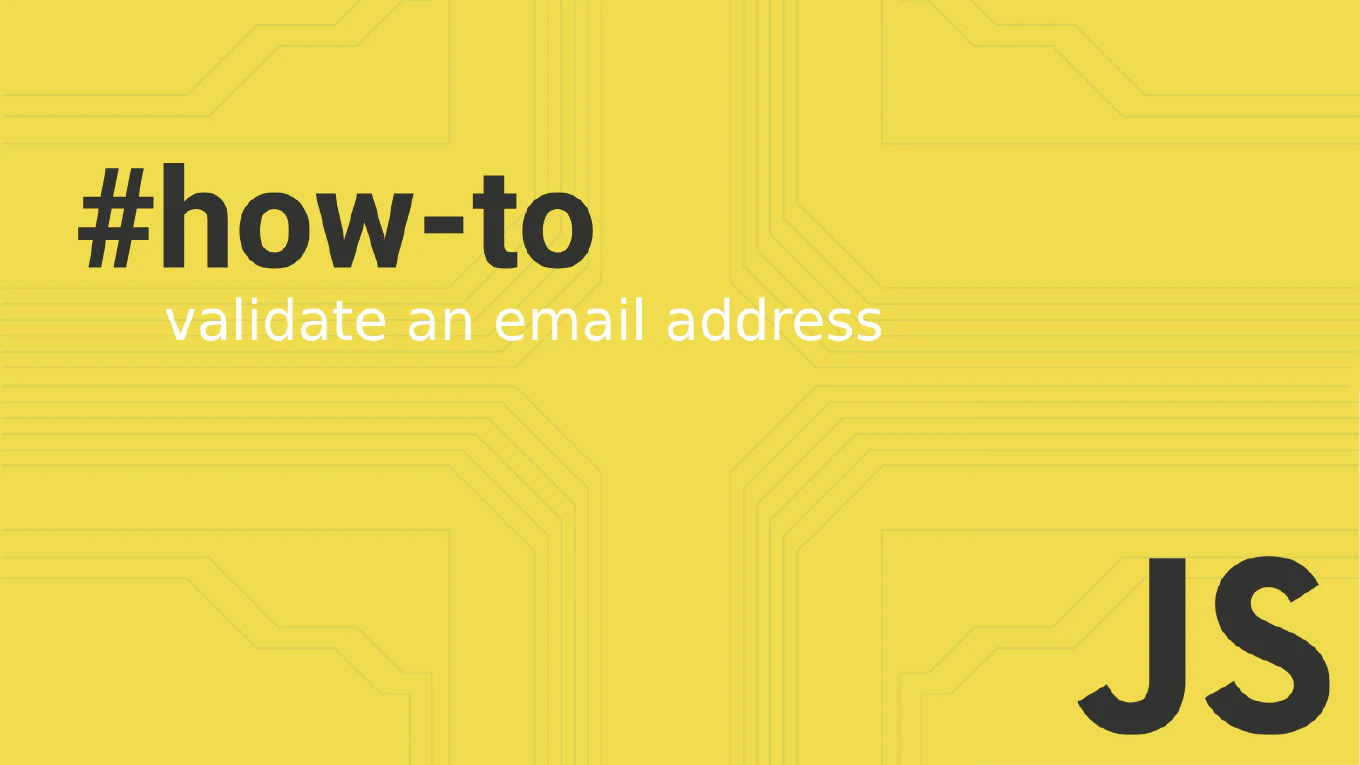How to handle async/await errors in JavaScript
Proper error handling in async/await functions is essential for building resilient applications that gracefully manage network failures, API errors, and unexpected exceptions. With over 25 years of experience in software development and as the creator of CoreUI, I’ve implemented comprehensive async error handling in numerous data-driven applications and API integrations. From my expertise, the most reliable approach is wrapping await calls in try-catch blocks to capture and handle promise rejections appropriately. This technique provides clean error handling while maintaining the readable async/await syntax.
How to handle fetch errors in JavaScript
Proper fetch error handling is essential for building robust applications that gracefully manage network failures, server errors, and unexpected responses. As the creator of CoreUI with extensive JavaScript experience since 2000, I’ve implemented comprehensive error handling in countless API integrations and data-driven applications. From my expertise, the most reliable approach is checking both network errors and HTTP response status codes with appropriate fallback strategies. This technique ensures applications remain functional even when network requests fail.
How to handle promise errors in JavaScript
Proper error handling in promises is critical for building robust applications that gracefully manage API failures and unexpected conditions.
As the creator of CoreUI with over 25 years of JavaScript development experience, I’ve implemented error handling in countless asynchronous operations.
From my expertise, the most reliable approach is using the .catch() method for promise chains or try-catch blocks with async/await.
This ensures errors are captured and handled appropriately without crashing the application.



